2020 Salmon Season Update
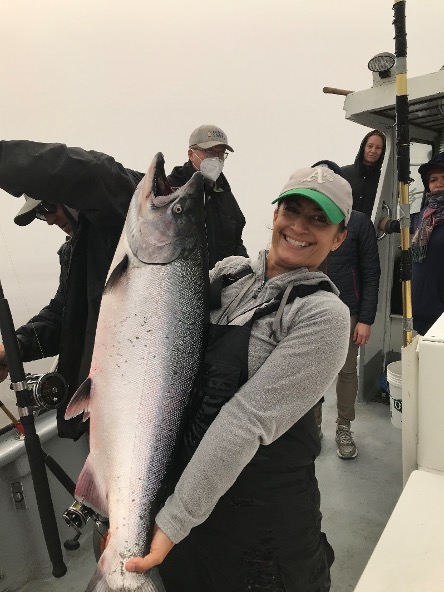
This year’s fishing season was set with an expectation that after fishing there would still be over 200,000 spawning salmon in the Sacramento Basin. Ask any river guide and you’ll hear they have not seen such a return this year. What gives? We don’t know for sure but here are a few things to consider. Commercial trollers reported there were still large spawning salmon to be found in very deep ocean waters as of mid-September. Add to that the possible loss of the early part of the fall run in the upper Sacramento due to hot water coming out of Shasta in late October and early November (killing eggs laid prior) and the drastic reduction of those Shasta releases at the same time in most years that dewaters and kills salmon nests. Fall run salmon that arrive in the upper Sacramento after Thanksgiving find much better conditions and successfully spawn. If we’ve lost the early part of the run then it stands to reason that the survivors will stay out in the ocean longer and not arrive in the rivers until later. In recent years we’ve seen fall run adults returning to spawn as late as January.
In addition, survival of hatchery fish released into the ocean at Sausalito, Santa Cruz and Half Moon Bay, are much higher than those released in the interior bay or Delta and are likely making a significant contribution to the population in the ocean. Many of these hatchery fish originate at the Mokelumne hatchery and tend to return to the Mokelumne and American Rivers. These fish are also generally derived from adults coming to the Mokelumne hatchery in November.
If the above is more true than not, improvements to hatchery release practices are making an improvement to the ocean fishery but may not provide many additional fish to the Feather River or upper Sacramento River fisheries.
The Coleman hatchery in the upper Sacramento produces over 12 million baby salmon annually. In the hatchery, these fish are shielded from redd dewatering and hot water issues. Once released into the river, they only survive in years when there’s enough water, after spring time diversions, to survive the trip down to the sea. The same is true for the natural spawned, or “wild” fish from rivers throughout the Sacramento Valley. In many years, after springtime diversions, there just isn’t enough water to safely pass the majority of these fish to the ocean which might be why we aren’t seeing more fish returning to various parts of the Sacramento Basin.Recent studies demonstrate that up to the 43 percent of hatchery fish, including those from the Feather River and Nimbus hatcheries, released into the bay near Vallejo, die before getting to the Golden Gate Bridge. This seems like a strong reason to move their release site closer to the Golden Gate Bridge, something GSSA is advocating for in our Salmon Rebuilding Plan
New report affirms GSSA call for adequate flows and cold water needed for baby salmon to survive in the Sacramento River.

A new study by leading salmon scientists strongly supports GSSA’s Salmon Rebuilding Plan call to improve Sacramento River flows, especially in the spring when baby salmon rely on them to get to the ocean. The new study finds that flows of less than 11,000 cubic feet per second past a spot on the Sacramento River called Wilkins Slough (near Arbuckle on I 5), spells doom for baby salmon trying to exit the Central Valley in the spring. The report also finds a clear correlation between the temperature of the water and whether or not the baby salmon are likely to get eaten by predatory fish in the Delta. The invasive freshwater bass that now occupy the Delta and rivers become much more active and hungry in warmer water. Conversely, the baby salmon love colder water and become lethargic, weak and easy prey in warmer water. In addition, we’re guessing that lower flows means warmer water, higher flows mean colder water.
Unfortunately the baby salmon are often trying to get to the ocean at the very same time that diversions are ramped up for spring planting.
The new report also has clear significance for the proposed Sites Reservoir project. Those wanting to build this new diversion and reservoir insist it only works, economically, if they’re allowed to divert the Sacramento River into the reservoir when it’s flowing at much lower levels than minimums documented in the new report. It’s up to the governor and his team to insure the best science is used to evaluate the proposal to build Sites in order to protect the state’s natural resources. This new report is among the best data that exists.
Membership drive, Online Auctions seek to fill the gap
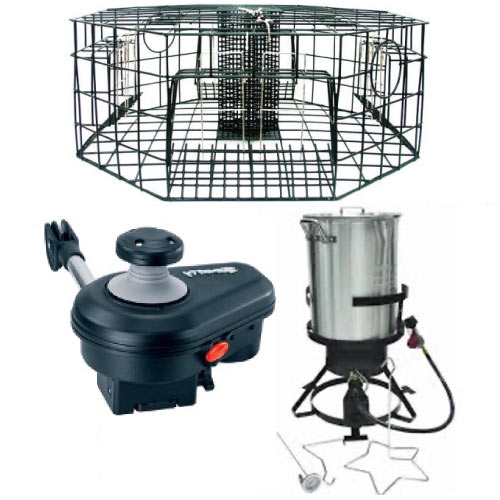
As reported in the last issue of Fish Tales, GSSA is trying new things to pay the bills and keep the lights on. That’s because we can’t have fundraising dinners due to covid-19. You’re probably aware that we are doing an online auction to raise needed funds. Many of the types of auction items you’d normally see at one of our dinners are being auctioned through our facebook page or website. Among recent items, a tuna fishing trip for four aboard a new, state of the offshore boat out of Fort Bragg. Or you might have seen the four nights in a beautifully appointed condo in Cabo San Lucas. We’ve also have the usual fishing gear including rods and reels, fish smoker and much more. And there’s more we’ll be rolling out every week going forward including:
- Full Dungeness crab set up with pot puller, pots and propane crab cooker that can cook a sport limit in one shot (crab season opens in November!)
- Vacation rental houses, including one in the heart of Alaska’s big salmon country on the Kenai Peninsula
- A fishing trip just over the Nevada border to catch some of the biggest trout in the western US
- A spot on next year’s GSSA Fish Like a Girl trips (which generally sell out in less than 15 minutes of posting)
So if you need fishing or outdoor equipment, or the occasional great fishing or vacation trip, keep an eye on our facebook page, website, and your incoming email from GSSA.
Maybe you have a great vacation house or run fishing trips, or have access to gear. If you are in a position to do so, consider donating to GSSA because we need more great auction items. Thanks.
Get a membership for a friend. For $35 your friend will get a membership and you’ll get a GSSA hat as a thank you.
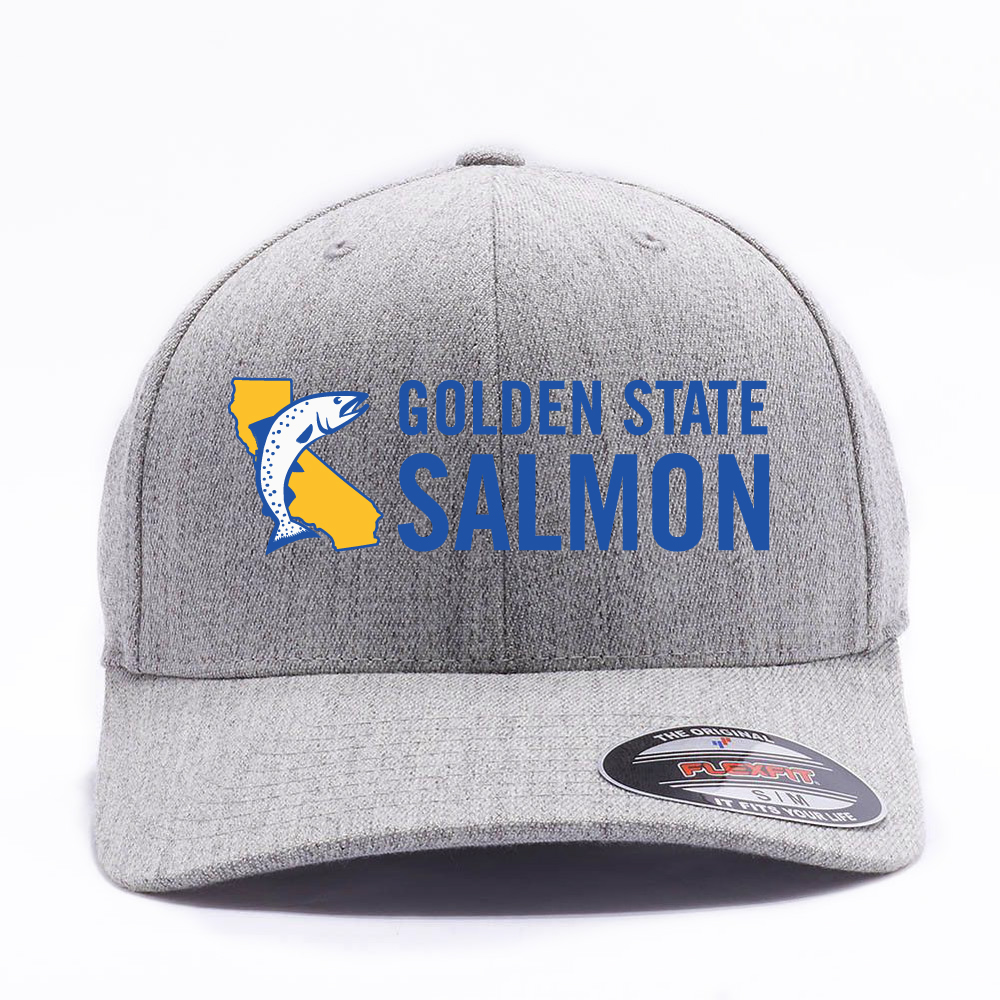
You’re a member (thank you) but we need some more which is why we’re giving away a free hat for every new member you bring in. They (or you) still have to pony up $35 but you know it’s for a good cause and it’s kind of a nice gift all around.
Donate stock, get a big tax break.

As we reported last month, we’re now set up to receive donations of stock that could give you a big tax break.
Some of you may have bought stock in Netflix, Apple, Tesla or Facebook years ago and got it for a song. Now it’s greatly appreciated in value and if you want to sell, you’re looking at incurring a big capital gains tax bill. One option is to donate some of it directly to GSSA in return for a big tax write off based on today’s value of the stock. Remember, GSSA is a federally registered 501c3 non-profit allowing donors to deduct any kind of donation. Your brokerage firm will likely have a pretty simple form for you to fill out in order to make the donation. GSSA, in turn, will send you a letter acknowledging the donation at today’s value for the stock with our non-profit tax ID number. This could be a big win/win.
If you have stock you’d like to donate, please check these Broker Instructions to deliver securities to our brokerage account at First Republic Security Company:
| Deliver To | First Republic Securities Company LLC |
| Depository Trust Company (DTC) | 0443(Clearing through Pershing LLC) |
| Account Number | 33L247856 |
| Account Name | GOLDEN STATE SALMON ASSOCIATION |
| Reference | {Donor Name-Year } or {Anonymous } |
GSSA Ladies Trip Scores Big
Yes, we told you last issue that the August ladies charter fishing trip was a smashing success, well they did it again in September. Truth be told, the fish didn’t cooperate quite like they have in the past but the ladies’ sense of fun and comradery more than made up for it, and of course the quality and size of the fish was off the charts. Funny thing about these trips is they sell out the minute they are posted. Of course it matters that they’re hosted by GSSA’s own Cat Kaiser, one of the greatest (and most fun) women anglers to ever grace the planet.
GSSA gets VIPs out fishing to experience Golden State Salmon first hand.
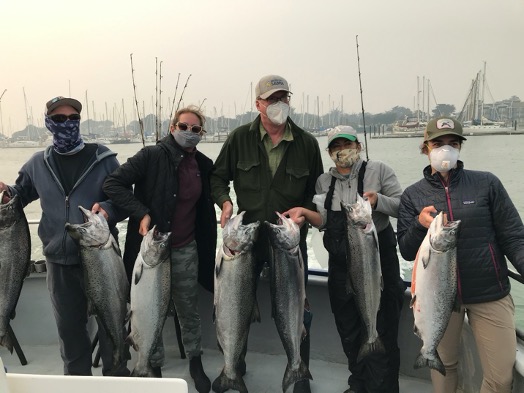
GSSA has worked this season, as all seasons, to get more of those influencing decisions over Golden State Salmon out on the water to catch one and take it home. This season we saw a return performance from one of salmon’s greatest champions, Congressman Jared Huffman. Lucky for us Rep. Huffman was on the boat because his excellent angling skills saved an otherwise lackluster day for the crew. GSSA also got a whole boat load of Sacramento official types out fishing on the New Easy Rider out of Berkeley. Along for the experience were key officials from the Central Valley Flood Control Board (you want the Sutter and Yolo Bypasses inundated more, start here). We also had key staffers from Senator Hertzberg’s office and the Water Foundation, a key grantor to many causes in support of healthy rivers. Turns out that trip saw about a 15 pound average with the big fish going 32 pounds.
We operate on the words of French ocean explorer, master mariner and conservationist, Jacques Cousteau who said, “”You can’t save what you don’t love, and you can’t love what you don’t know.” GSSA works so that they know salmon, which generally brings them to at least appreciate, if not love, them.
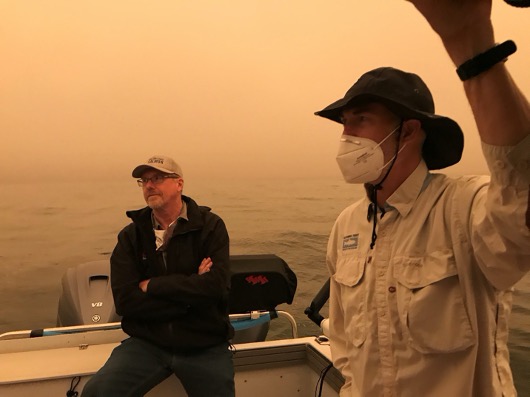
Shasta Dam Raise, federal Bureau of Reclamation moving ahead, planning to subvert state law
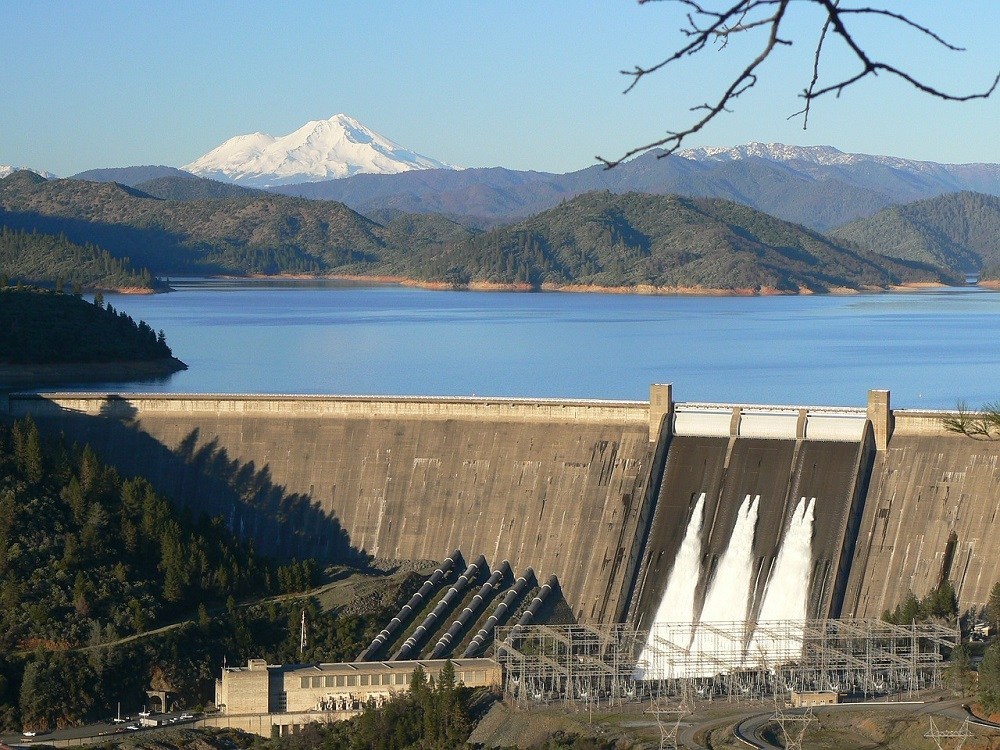
After a court order telling them they can’t raise the dam, the federal Bureau of Reclamation released a document aimed at somehow going forward with this environmentally destructive plan. Their only real hope is to get the US Congress to pass a law exempting them from having to comply with existing laws. We hope our friends in the US House of Representatives can keep this from happening, but the future is hard to predict. In the meantime, GSSA and our legal allies, are still prying secret correspondence from the Bureau and its allies to uncover their thinking and strategy. Raising Shasta means we’ll never see the environmentally healthy flood control releases from the dam, needed to flush the river, reposition spawning gravel, and push baby salmon in the spring safely downstream to the ocean. As is, these water releases only occur on average every seven years, which isn’t enough. With the dam raise, they’d be a thing of the past and soon salmon probably would be too.
